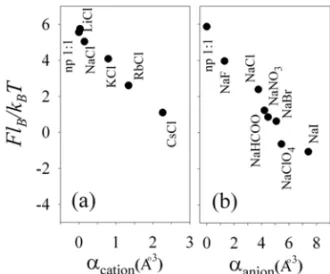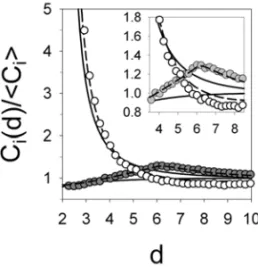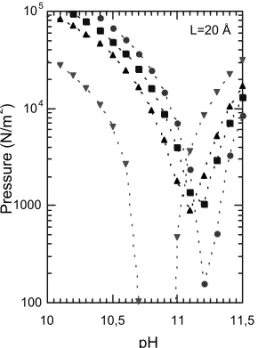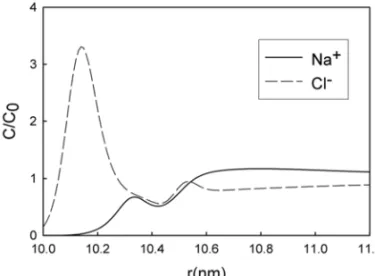Ion-specific thermodynamical properties of aqueous proteins
Texto
Imagem




Documentos relacionados
On the light of the present results, we provided a set of predicted protein-protein interactions between viral and human proteins that can be used in functional genomics studies
The extension of molecular interactions of proteins in the air-water interface and the properties of the in- terfacial film depend on the kind of protein and the dominant conditions
To examine the genetic interactions among genes encoding proteins involved in nucleocytoplasmic transport, we generated double mutants between tcu1-1 and tcu1-2 and
Based on the nature of the interactions between metal ions and proteins, the target proteins can be selectively eluted from IMAC resin by an elution buffer with either a suitable
By considering intershell interactions between a set of neighboring atoms on the walls of the inner and outer tubes, we study the possibility of founding Aharonov-Bohm effects in
Motivated by their importance, and due to limited knowledge of the organizational, supramolecular interactions and physicochemical properties of TSILs, we have recently studied
Considering that the objectives of this work were to study the crystallization of proteins in the presence of AuNPs and their structural interactions with the AuNPs and gold atoms,
The basic principles of X-ray Crystallography and Nuclear Magnetic Resonance (NMR), the techniques used in the structural characterization of these proteins, are

